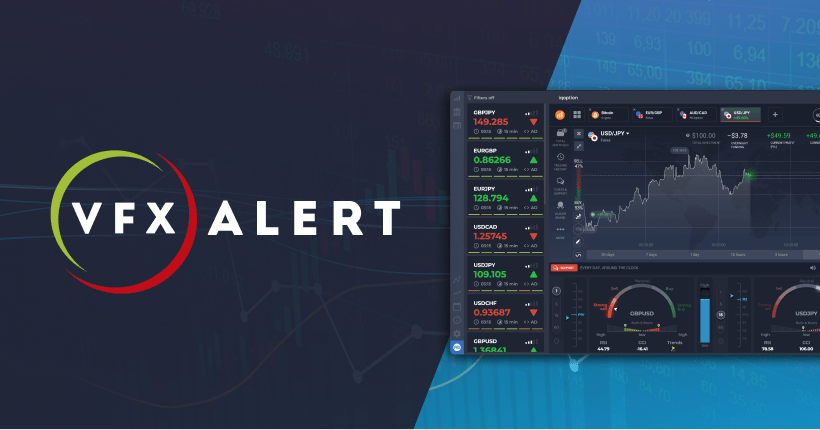Introduction
Industrial automation software development is undergoing significant changes as technological advancements continue to shape the industry. Businesses are leveraging these advancements to increase efficiency, reduce costs, and improve overall productivity.
In this blog, we will explore the key trends in industrial automation software development that are driving this transformation.
1. Integration of AI and Machine Learning
Artificial Intelligence (AI) and Machine Learning (ML) are at the forefront of industrial automation. These technologies enable predictive maintenance, where systems can predict and address potential issues before they occur, minimizing downtime and maintenance costs. AI algorithms analyze vast amounts of data to identify patterns and optimize processes in real time, leading to smarter and more efficient manufacturing operations.
Key Benefits:
- Enhanced predictive maintenance
- Real-time process optimization
- Improved decision-making through data analytics
2. Industrial Internet of Things (IIoT)
The Industrial Internet of Things (IIoT) involves the interconnection of industrial equipment and devices through the Internet. IIoT enables seamless communication and data exchange between machines, leading to more efficient and automated processes. This connectivity allows for better monitoring, control, and analysis of industrial operations.
Key Benefits:
- Increased operational efficiency
- Enhanced data collection and analysis
- Improved equipment monitoring and maintenance
3. Edge Computing
Edge computing is gaining traction in industrial automation as it allows data processing to occur closer to the source of data generation. This reduces latency and bandwidth usage, enabling faster and more reliable decision-making. By processing data at the edge, businesses can achieve real-time insights and responses, which are critical for automation and control systems.
Key Benefits:
- Reduced latency and bandwidth usage
- Faster decision-making and real-time insights
- Enhanced system reliability and performance
4. Cybersecurity in Automation
With the increasing connectivity of industrial systems, cybersecurity has become a paramount concern. Protecting sensitive data and ensuring the integrity of automation systems is crucial. The development of robust cybersecurity measures, including encryption, authentication, and intrusion detection, is essential to safeguard against cyber threats.
Key Benefits:
- Protection of sensitive data
- Enhanced system integrity and reliability
- Mitigation of cyber threats and vulnerabilities
5. Digital Twin Technology
Digital twin technology involves creating a virtual replica of a physical system or process. This digital model can be used to simulate, analyze, and optimize industrial operations. By leveraging digital twins and wireless internet, businesses can test and refine processes in a virtual environment before implementing them in the real world, reducing risks and improving efficiency.
Key Benefits:
- Risk reduction through virtual testing
- Enhanced process optimization
- Improved system design and implementation
6. Cloud Computing
Cloud computing offers scalable and flexible solutions for industrial automation. By leveraging cloud platforms, businesses can store and analyze large volumes of data, access powerful computing resources, and deploy automation software quickly and efficiently. Cloud-based solutions also facilitate remote monitoring and control of industrial processes.
Key Benefits:
- Scalability and flexibility
- Enhanced data storage and analysis capabilities
- Remote monitoring and control
7. Human-Machine Collaboration
The collaboration between humans and machines is evolving with the advent of advanced automation technologies. Collaborative robots, or cobots, work alongside human operators, enhancing productivity and safety. These robots are designed to perform repetitive or hazardous tasks, allowing human workers to focus on more complex and strategic activities.
Key Benefits:
- Increased productivity and efficiency
- Enhanced worker safety
- Improved allocation of human resources
8. Standardization and Interoperability
As industrial automation systems become more complex, the need for standardization and interoperability is growing. Standard protocols and interfaces ensure that different systems and devices can communicate and work together seamlessly. This trend promotes a more integrated and efficient automation environment.
Key Benefits:
- Seamless integration of diverse systems
- Improved communication and data exchange
- Enhanced system efficiency and performance
9. Sustainability and Green Automation
Sustainability is becoming a critical focus in industrial automation. Companies are increasingly adopting green automation practices to reduce their environmental impact. This includes energy-efficient systems, waste-reduction technologies, and the use of renewable energy sources. Sustainable automation not only benefits the environment but also improves operational efficiency and cost savings.
Key Benefits:
- Reduced environmental impact
- Enhanced energy efficiency
- Cost savings through sustainable practices
Conclusion
The trends in industrial automation software development are reshaping the manufacturing landscape. From AI and IIoT to edge computing, cybersecurity, and advancements in Electrical panels, these innovations are driving increased efficiency, productivity, and sustainability.
As businesses continue to embrace these trends, they will be better positioned to thrive in an increasingly competitive and technologically advanced industrial environment. Staying informed and adapting to these trends will be crucial for companies aiming to lead in the future of industrial automation.






